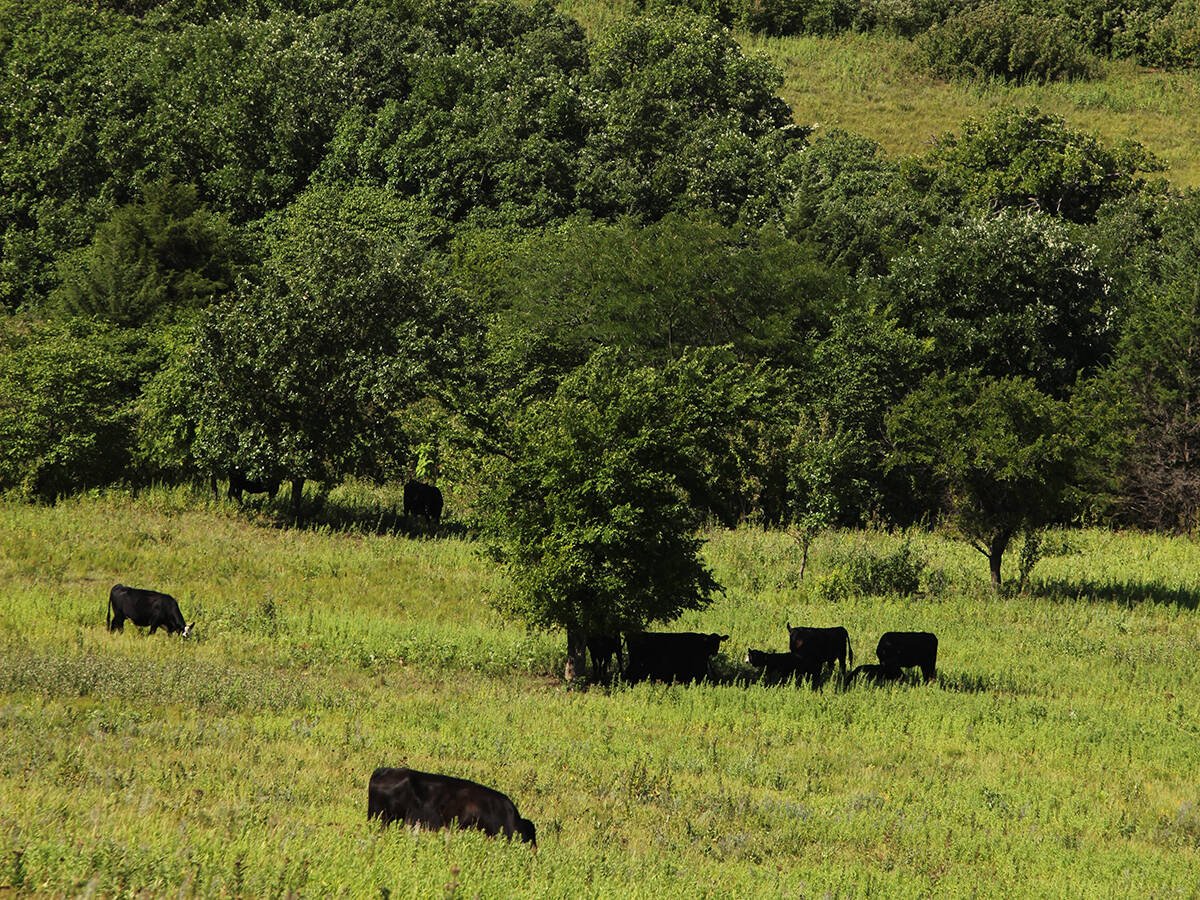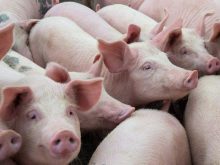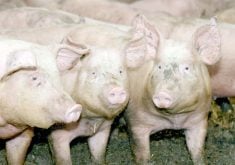RED DEER Ñ An enhanced livestock identification system for Canada is only a year away.
The Canadian Cattle Identification Agency has expanded its computer record system to register birth dates, record animal movement and provide unique numbers for premise identification and beef quality data.
A resolution from the recent meeting of the Alberta Cattle Feeders Association supports the system by asking cow-calf producers to start entering birth dates this year for their animals’ proof of age.
“It is really crucial we get it done,” said feedlot owner Steve Primrose of Picture Butte, Alta.
Read Also

Beef cattle more prone to trace mineral deficiencies
The trace mineral status of our cows and calves is a significant challenge for western Canadian producers and veterinarians.
“We may even pay an extra buck or two if you have that information,” he said at the Alberta beef industry council meeting Feb. 18 in Red Deer.
Birth date entries are voluntary, but age verification is key for international markets to identify animals younger than 21 or 30 months.
“Age verification has to be associated with an individual unique tag number, so it only makes sense to use this database that has all the tag information already,” said Julie Stitt, executive director of the identification agency.
Producers enter a user name and a password for on-line applications so they can add information to the spreadsheets and keep it confidential.
Those who do not have computers may use an authorized proxy like a veterinarian or tag dealer to send information.
Livestock owners may enter actual birth dates or the first date of calving for proof of age. Birth certificates can be generated from the system. Supplementary information such as artificial insemination dates, bull exposure and weaning dates can also be added.
Producers should also enter their land location and list other animal species on the farm.
“We encourage you to enter the additional information if you have it,” Stitt said.
Animal health and food safety for traceback purposes remains a priority for the ID agency, but it is willing to enhance the information pool to include carcass data returned by packers to cattle owners.
“If we can facilitate anything to add value to the tag we should be doing that. We are putting the value-added module in place,” she said.
Groups like breed associations or branded beef companies can define the information they require and add it to the system on a voluntary basis.
“All the people that would share the information have to agree to share the information,” she said.
This wealth of information is possible because of the switch to electronic identification via button-like ear tags as of Jan. 1. Plastic dangle tags are no longer sold. By September 2006, all cattle must have radio frequency ID tags when they leave their farms. Bar code tags will be recognized until December 2007. So far six different styles of yellow ISO-approved RF tags are available.
The agency already houses data for bison, dairy, sheep and beef. It is also running a pilot project for the pork industry.
“It would be of benefit to the cattle industry if we can get all species within a national ID data base that CFIA can access in the event of an animal health problem,” she said.















